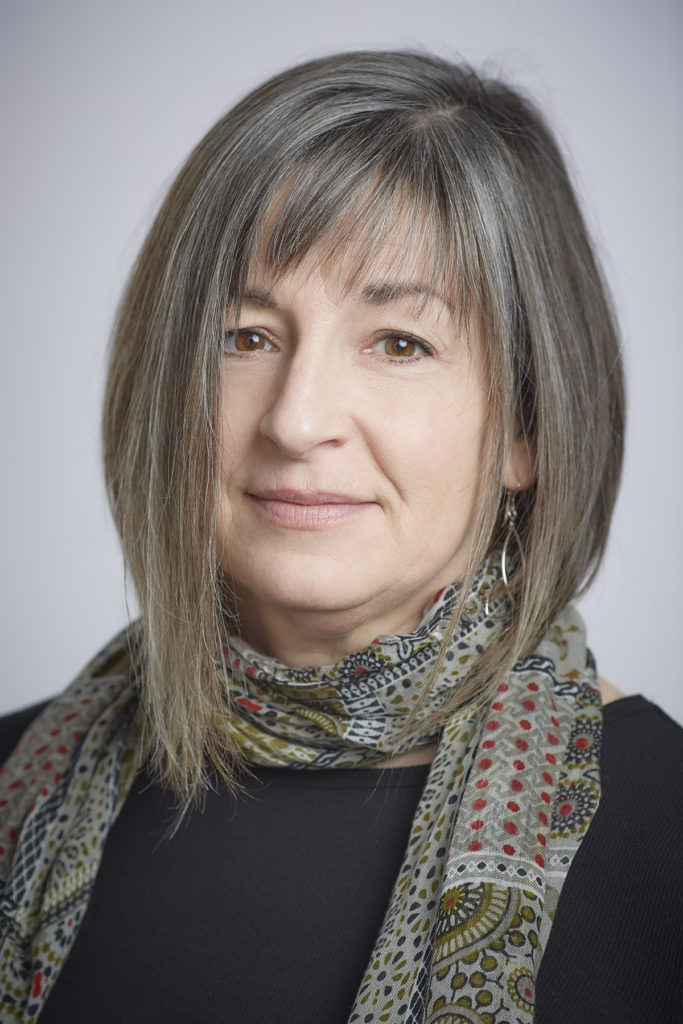Takeaway
Showing patients and their families a clear map of their care plan can help bring awareness and healing to patients and families alike.

Lifelong Learning in Clinical Excellence | February 5, 2019 | 2 min read
By Chris Myers
Franciscan theologian Richard Rohr describes liminal space as:
“… where we are betwixt and between the familiar and the completely unknown. There alone is our old world left behind, while we are not yet sure of the new existence.”
When we’re diagnosed with a life-altering illness, we have entered that liminal space of the unknown. Creating a paper map for patients and their families can help guide them through this new unknown territory.
Paper maps
We used to navigate by paper maps. When we went on a trip, we studied the map to determine the best route to our destination depending on how long we wanted to take and where we wanted to stop along the way. We had many choices of routes and consciously chose the one that was best for our intentions. We knew that unanticipated situations might change our route—road closures, car breakdowns—but we could go back to the map to choose a new route.
Not knowing the big picture
These days we use map apps, which choose our possible routes, usually just a couple, and then direct us from road to road, turn to turn. I can easily drive 12 hours without needing to know the big picture of my trip simply by listening to the app direct me to the next street. When a road is closed, the app renavigates and redirects me. The app is smart and directs me well, but I have little role in consciously choosing my route. I’m simply reacting to acute situations, reactions determined by the decision-making power of the app. I’m literally along for the ride.
This is how I see medicine these days. As I begin my fourth year as a caregiver for a now adult child with an incurable life altering (and in that sense limiting) illness, I feel as though we’ve been living the medical equivalent of the map app: all acute situations and reactions and very little overview, discussion of goals, and exploration of what’s important for him and for us. I believe one of the critical roles of palliative care at the onset of life-altering or life-limiting illness is providing that “paper map” and allowing us agency and input to navigate illness.
Providing a paper map for patients
Palliative care is often confused with hospice and giving up. Even, it seems from the stories I’ve heard, by doctors. But palliative care is, at its best, about supporting the whole patient and family at diagnosis, while continuing to pursue curative treatment. Pain relief and symptom management by the palliative care team are crucial, but equally crucial are the social workers, spiritual caregivers, open-ended questions and curiosity about who and how the patient and family are. Referring newly diagnosed patients to palliative care is a way of saying,“Your route has changed. Here’s an overview of what might be ahead. Tell me what brings you joy, what scares you, who you are and how you see the world. We’ll work together to help you find a way through the new terrain.”
Showing patients and their families how that map might look, and pointing out the pitfalls along the way, can help toward moving from reactivity in crisis to mindful responsiveness and awareness. This is how we navigate toward healing.

